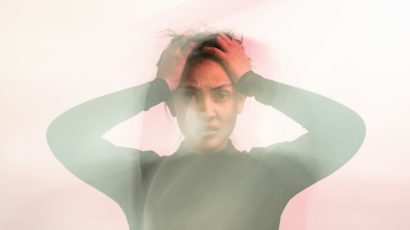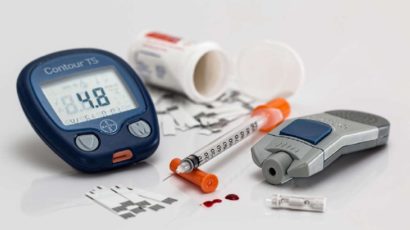Posted by Dr Michelle Wright
As the temperature drops, many of us are turning up our heaters, lighting fireplaces, and maybe even firing up gas-powered appliances to stay warm and cozy. But while we focus on keeping warm, we often forget about the invisible danger of carbon monoxide – often called ‘the silent killer,’ and for good reason.
Every year, around 30,000 people die from carbon monoxide poisoning globally.
The good news is these deaths are preventable. So, today we’ll think about what carbon monoxide is, how poisoning happens, and most importantly, what you can do to protect yourself and those you live with.
What is carbon monoxide?
Carbon monoxide is a colourless, odorless, tasteless gas which means you can’t see it, smell it, or taste it. It’s produced whenever fuels like wood, gas, or oil are burned. This means that household appliances used for heating or cooking could produce carbon monoxide if they’re not maintained or are poorly installed. So could using grills or camping stoves inside without adequate ventilation or turning on your car engine in your garage.
How does carbon monoxide poisoning occur and what are the symptoms?
Carbon monoxide poisoning occurs when you breathe in too much carbon monoxide, and it starts to replace oxygen in your bloodstream. This deprives your body’s organs, especially your brain and heart, of the oxygen they need to function. And in severe cases, it can lead to unconsciousness, or even death.
The problem is that the symptoms of carbon monoxide poisoning are difficult to detect, and they’re often mistaken for other things like the flu, or food poisoning.
They include headaches, dizziness, weakness, upset stomach, vomiting, chest or muscle pain, shortness of breath and confusion. It’s even possible for people to lose consciousness without realizing what’s happening, especially if they’re asleep when carbon monoxide levels rise.
Symptoms can come and go if a person spends time in, leaves, and then goes back to, an affected room or building.
How do we prevent carbon monoxide poisoning from happening to us?
- Firstly, by installing carbon monoxide detectors in your home. Like smoke detectors, they can alert you to dangerous carbon monoxide levels before it’s too late. Place them in central locations outside sleeping areas and on every level of your home.
- Secondly, by checking your appliances – Get your heating system and cooking appliances serviced by a qualified technician every year. Keeping chimneys and flues well maintained is also important.
- So is proper ventilation – Never use portable generators inside your home, garage, or near windows. The same goes for grills and camping stoves. Always make sure they’re used in well-ventilated areas.
- Don’t run your car in the garage – Even with the garage door open, it’s still dangerous to leave a car engine running inside. Carbon monoxide can build up quickly.
- And finally, know the symptoms – Remember those symptoms of carbon monoxide poisoning that I’ve just mentioned. If you or anyone in your household starts experiencing dizziness, confusion, or flu-like symptoms and your carbon monoxide detector goes off, get outside in the fresh air immediately and call 144. Don’t go back inside until emergency services give you the all-clear.
So, just to summarize – carbon monoxide is an invisible, deadly gas but with a few simple steps like installing detectors, getting your appliances checked, and knowing the symptoms, you can keep yourself and those you live with, safe.
This has been Health Matters. My name is Dr Michelle Wright. Thank you for listening.





